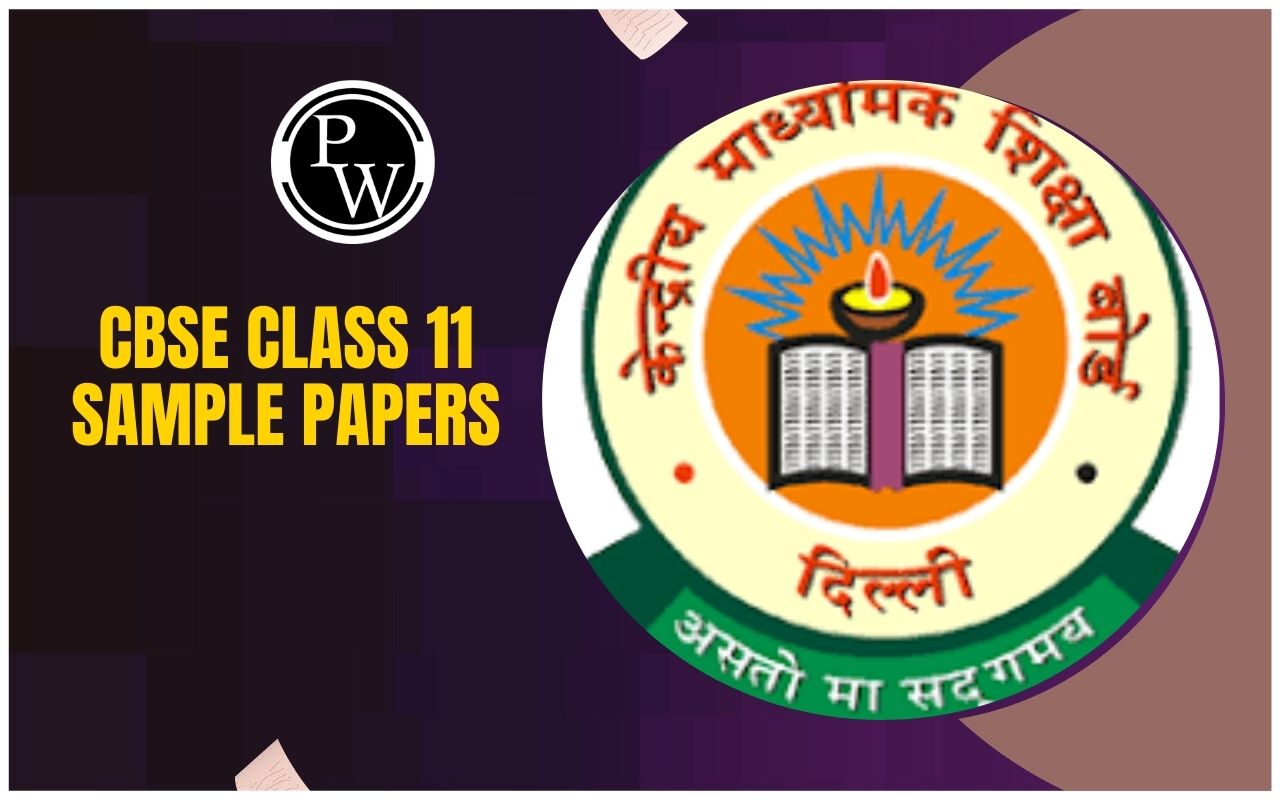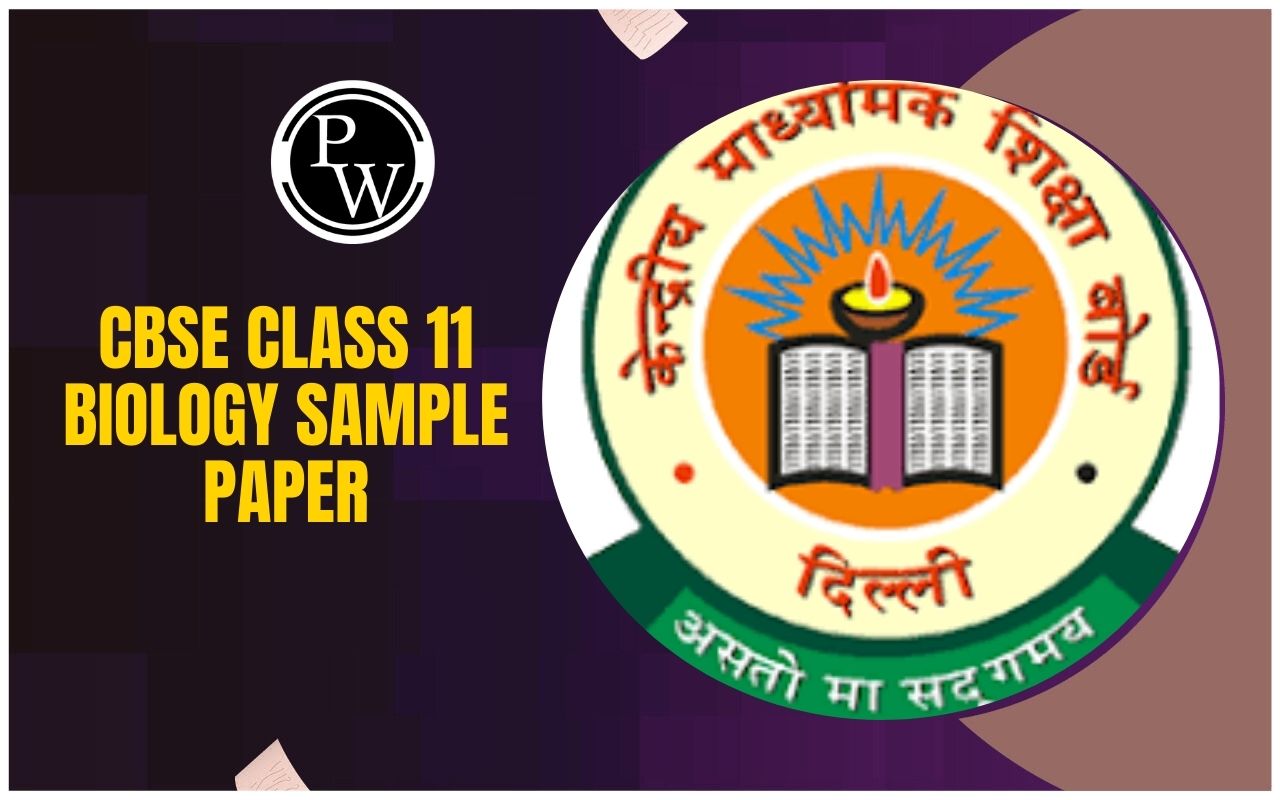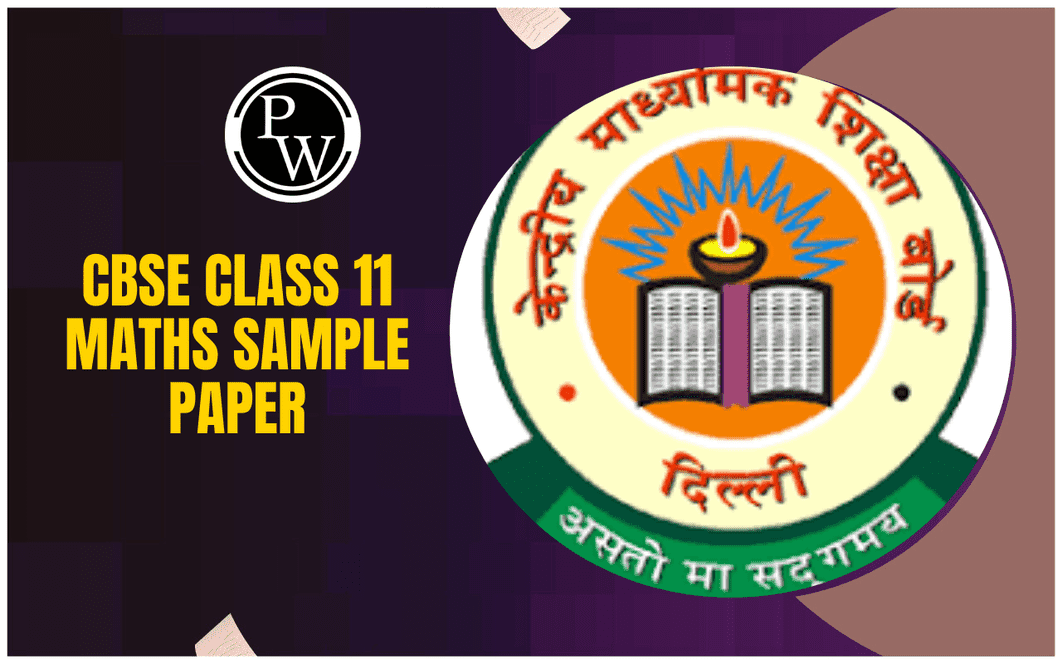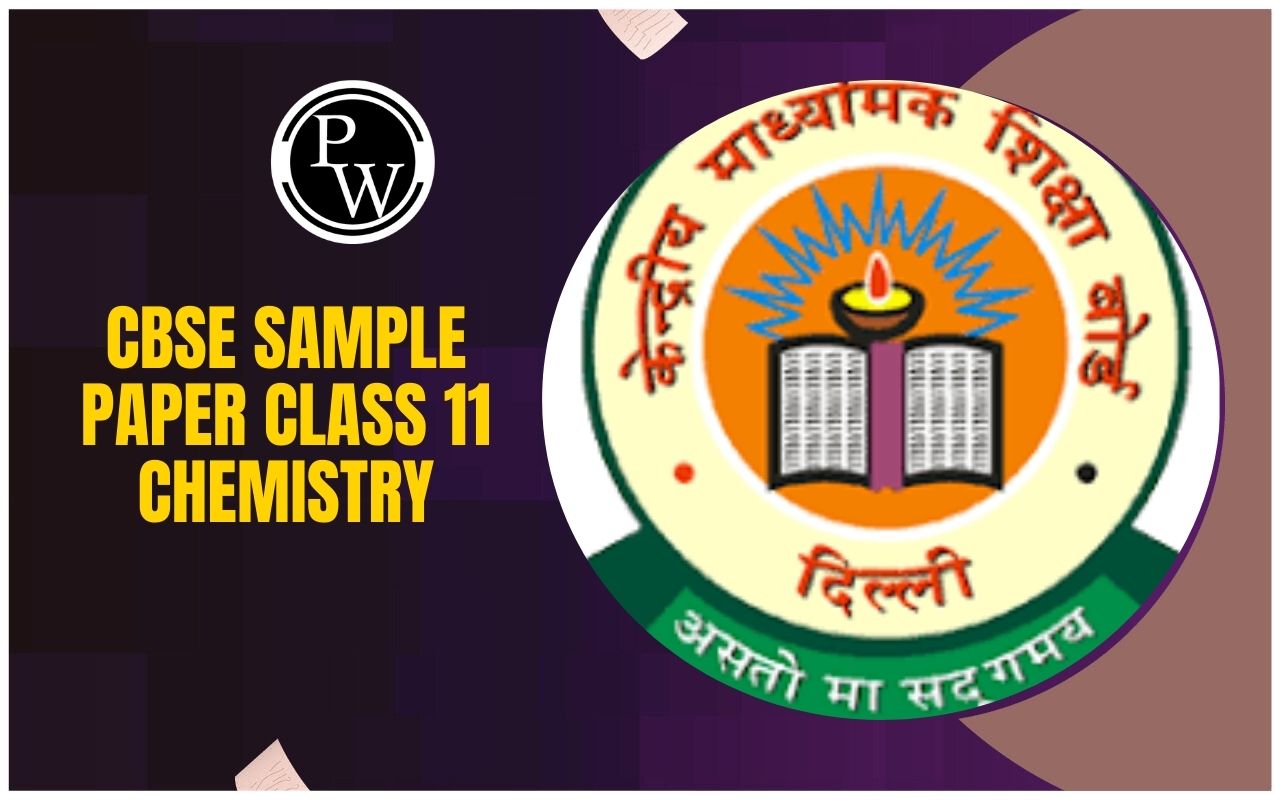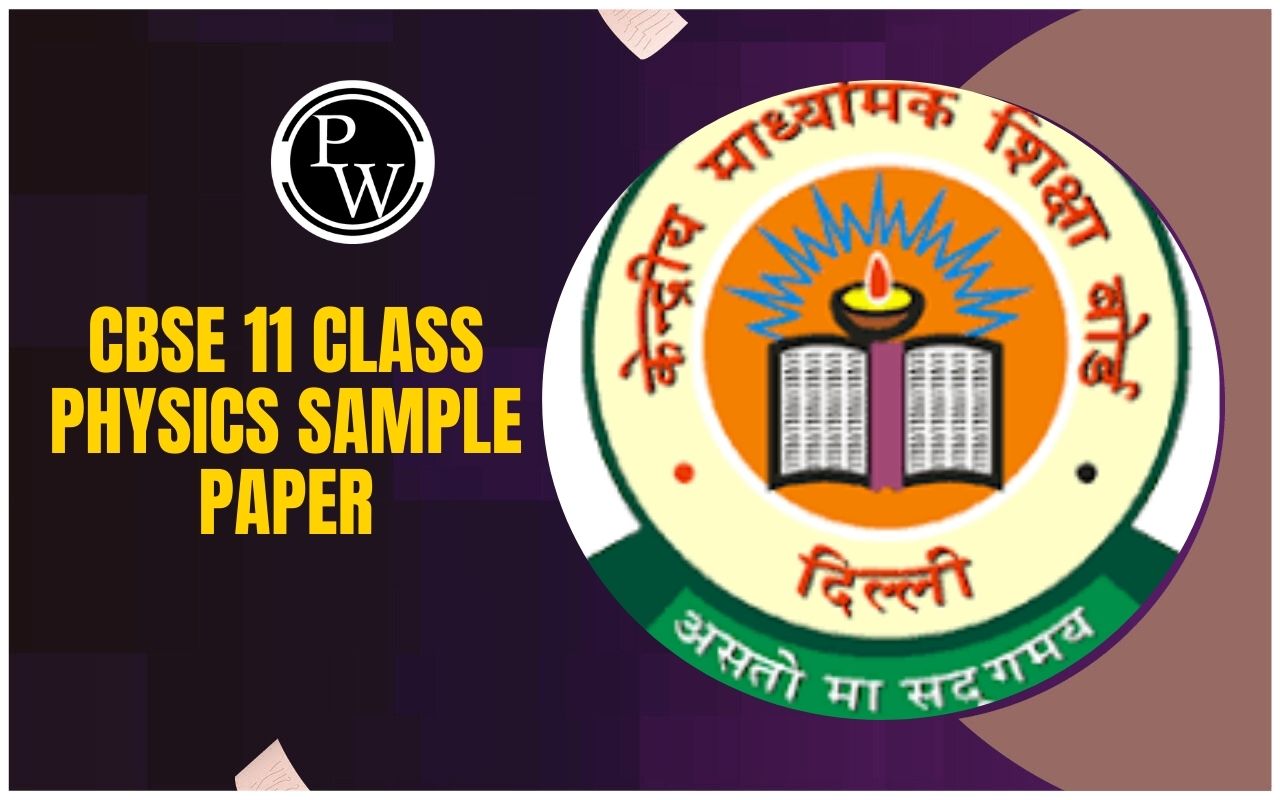
NCERT Solutions for Class 11 Biology Chapter 15: Chapter 15 of Class 11 Biology, Body Fluids and Circulation, delves into the structure, composition, and functions of body fluids like blood and lymph. It explains blood components, blood groups, and coagulation processes.
The chapter explores the human circulatory system, including the heart's anatomy, cardiac cycle, and blood vessels, emphasizing the double circulation mechanism. Disorders related to the circulatory system, such as hypertension, coronary artery disease, and angina, are also discussed. Comparative aspects of circulatory systems in various animals are highlighted to provide a broader perspective. This chapter is essential for understanding the vital process of circulation and maintaining body homeostasis.NCERT Solutions for Class 11 Biology Chapter 15 Overview
Chapter 15 of Class 11 Biology, Body Fluids and Circulation, emphasizes the importance of blood and lymph in maintaining physiological balance. It explains the structure and functions of blood components, blood groups, and the coagulation process, crucial for healing and immunity. The chapter delves into the human circulatory system, including the heart, cardiac cycle, and blood vessels, highlighting the significance of double circulation in oxygenating tissues. It discusses circulatory disorders like hypertension and coronary artery disease, emphasizing prevention and health maintenance. Understanding these concepts is vital for appreciating the role of circulation in sustaining life and diagnosing related health issues.NCERT Solutions for Class 11 Biology Chapter 15 Question Answer PDF
NCERT Solutions for Class 11 Biology Chapter 15 Body Fluids and Circulation
Below is the NCERT Solutions for Class 11 Biology Chapter 15 Body Fluids and Circulation -1. Name the components of the formed elements in the blood and mention one major function of each of them.
Solution:
The components of the formed elements in blood are as follows:- Red blood cells, also known as erythrocytes, are oxygen-carrying particles that also contain the pigment haemoglobin. Oxyhaemoglobin, which is created when haemoglobin and oxygen combine, transports oxygen to parts of the body that are oxygen-deficient.
- White blood cells, or leucocytes, are known to produce antibodies that neutralise or destroy pathogens.
- Neutrophils use a defensive process called phagocytosis to combat bacteria.
- Blood platelets, also known as thrombocytes, help the blood coagulate.
2. What is the importance of plasma proteins?
Solution:
Some of the plasma proteins and their significance are given below.- Globulins – They are involved in the defence mechanism of the body and are also referred to as immunoglobulins.
- Albumins –They aid in maintaining the osmotic balance of the body.
- Fibrinogens – It plays a significant role in blood coagulation.
3. Match Column I with Column II :
| Column I | Column II |
| (a) Eosinophils | (i) Coagulation |
| (b) RBC | (ii) Universal Recipient |
| (c) AB Group | (iii) Resist Infections |
| (d) Platelets | (iv) Contraction of Heart |
| (e) Systole | (v) Gas transport |
Solution:
| Column I | Column II |
| (a) Eosinophils | (iii) Resist Infections |
| (b) RBC | (v) Gas transport |
| (c) AB Group | (ii) Universal Recipient |
| (d) Platelets | (i) Coagulation |
| (e) Systole | (iv) Contraction of Heart |
4. Why do we consider blood as a connective tissue?
Solution:
Because blood is mesodermally generated and contains plasma, an extracellular matrix, it is a connective tissue. It is a tissue that is extensively dispersed and plentiful in the body. By joining and binding, connective tissues assist the body's other organs, supplying oxygen and other nutrients, removing waste from the body, and facilitating blood flow throughout the body. It is therefore regarded as a connective tissue.5. What is the difference between lymph and blood?
Solution:
The difference between lymph and blood is as follows:| Lymph | Blood |
| It is a white tissue fluid. | It is a red liquid connective tissue. |
| Lymph flows in the lymph vessels. | Blood flows in the blood vessels such as capillaries, arteries and veins. |
| It contains white blood cells known as lymphocytes. | Blood contains red blood cells, haemoglobin, platelets and white blood cells. |
| The exchange of nutrients and gases between the blood and cells takes place through the lymph. | Blood transports gases and other nutrients to the body. |
6. What is meant by double circulation? What is its significance?
Solution:
Double circulation, as the name suggests, is where the blood circulates twice in the heart. Double circulation is possible, as the heart is divided into four chambers – the right and the left halves – by the atrioventricular septum. The two circulations are-
Pulmonary circulation
- Blood in the right ventricle is pumped into the pulmonary arteries.
- For oxygenation, these pulmonary arteries transport deoxygenated blood to the lungs.
- The oxygenated blood is then sent to the left atrium from the lungs through the pulmonary veins.
- This type of circulation of blood is referred to as pulmonary circulation, where blood is pumped via pulmonary blood vessels.
-
Systemic circulation
- It is a term used to refer to the major circulation of the body.
- Oxygenated blood is pumped from the left ventricle into the aorta.
- Furthermore, it is carried by the arteries, arterioles and the linkage of blood capillaries.
- Simultaneously, deoxygenated blood is accumulated in the right atrium through the inferior and superior vena cava.
- This circulation supplies nutrients and oxygen and carries away carbon dioxide and other toxic substances for elimination.
- This type of circulation checks and prevents the mixing of oxygenated and deoxygenated blood.
- In double circulation, oxygen is utilised efficiently.
7. Write the differences between:
(a) Blood and Lymph
(b) Open and Closed system of circulation
(c) Systole and Diastole
(d) P-wave and T-wave
Solution:
The differences are as follows: (a) Blood and Lymph| Lymph | Blood |
| It is a white tissue fluid. | It is a red liquid connective tissue. |
| Lymph flows in the lymph vessels. | Blood flows in the blood vessels such as capillaries, arteries and veins. |
| It contains white blood cells known as lymphocytes. | Blood contains red blood cells, haemoglobin, platelets and white blood cells. |
| The exchange of nutrients and gases between the blood and cells takes place through the lymph | Blood transports gases and other nutrients to the body. |
| Open system of circulation | Closed system of circulation |
| Blood that is pumped by the heart passes through the large vessels into the open spaces or body cavities (sinuses). | Blood pumped by the heart flows via the closed network of the blood vessels. |
| Blood flow is not regulated in this type of circulation. | Blood flow is regulated by the valves in the closed system of circulation. |
| This circulation is slower and less efficient. | This circulation is more rapid and efficient comparatively. |
| Example: It is found in molluscs and arthropods. | Example: It is found in chordates and annelids. |
(c) Systole and Diastole
| Systole | Diastole |
| Systole is the contraction of the chambers of the heart. | Diastole is the relaxation of the chambers of the heart. |
| It causes an increase in blood pressure within the heart. | It causes blood pressure to decline in the heart. |
| Blood is pumped out of the chambers. | Blood is received by the chambers. |
| P-wave | T-wave |
| P-wave depicts the depolarisation or electrical excitation of the atria. | T-wave depicts the repolarisation of the ventricles. |
| Blood is pumped into the ventricles. | Blood is received by the atria. |
8. Describe the evolutionary change in the pattern of the heart among the vertebrates.
Solution:
Careful examination has revealed an evolutionary shift in the cardiac architecture among vertebrates. Vertebrates have a chambered, muscular heart. The heart of a fish has two chambers, whereas the heart of a mammal has four chambers. The heart of a fish has two chambers. The gills receive the deoxygenated blood it pumps, oxygenate it, and then send it to the body. The oxygenated blood is subsequently transported to the heart. Three-chambered hearts are found in amphibians – a ventricle and 2 atria (left atrium and right atrium). The left atrium receives oxygenated blood from the respiratory organs, while deoxygenated blood is received by the right atrium from the organs of the body. But, both types of blood are eventually mixed in the ventricle; hence, the body receives mixed blood. Half septum in reptiles divides the ventricle partially. But in birds, crocodiles and mammals, the heart is completely segregated into halves hence deoxygenated, and oxygenated blood is separated. A structural modification in the hearts of fish up to mammals is observed, checking that oxygen-rich blood is supplied to the body while the four-chambered heart ensures that the blood flow is synchronised. As the structure of the heart has evolved, the type of circulation also depends on it, if it is single or double circulation.9. Why do we call our heart myogenic?
Solution:
"Genetic" means to originate from, and "myo" means muscle. The heartbeat is produced by an impulse that travels over the heart wall and is produced by the modified cardiac muscles or the nodal tissues of the heart, such as the sinus node (SA node) or the sino-atrial. The cardiac impulse is called myogenic because it starts in the heart muscles.10. Sino-atrial node is called the pacemaker of our heart. Why?
Solution:
The sino-atrial, or the sinus node (SAN), is a specialised bundle of neurons generating action potential which produces a cardiac impulse without any exterior stimuli, i.e., it is auto-excitable. SAN can generate a maximum action potential of approximately 70 to 75 in a minute. It is responsible for initiating and maintaining the rhythmic contractile activity of the heart. Due to these capabilities, SAN is referred to as the pacemaker.11. What is the significance of the atrioventricular node and the atrioventricular bundle in the functioning of the heart?
Solution:
The atrioventricular node (AVN) transmits the cardiac impulse from the SA node, whereas the atrioventricular bundle (AV), which originates from the AV node, transmits the cardiac impulse to the ventricle walls. The action potential generated by the sino-atrial node initiates both AVN and AV, which conduct the stimulation to the other areas of the heart. The heartbeat results from this, and it travels to different areas of the heart.12. Define the cardiac cycle and the cardiac output.
Solution:
Cardiac cycle- The alternate contraction and relaxation of the chambers of the heart cause the blood to circulate in the heart.
- The relaxation or expansion phase is also referred to as diastole, whereas contraction is also referred to as systole.
- Every systole is followed by a diastole.
- The cardiac cycle is the series of events that take place in one complete heartbeat. It lasts for about 0.8 seconds.
- It is the amount of blood that is pumped by each of the ventricles in a minute.
- It is given by
13. Explain heart sounds.
Solution:
Every cardiac cycle produces the two noises that a heartbeat produces: lub and dub. Every heartbeat is synchronised with the sound's sequential production. The initial low-pitched sound is "lub." It results from the closure of both the tricuspid and bicuspid valves. The second sound that is produced when the semi-lunar valve closes is called "dub." This is a high-pitched sound. When diagnosing any heart condition, both sounds are important.14. Draw a standard ECG and explain the different segments in it.
Solution:
The electrocardiogram, or ECG, is a graphical depiction of the heart cycle produced by the electrograph. A typical ECG is shown in the diagram below. Every peak in the ECG that is denoted by the letters "P" through "T" corresponds to a distinct electrical activity of the heart. The atrial contraction or depolarisation is shown by the first peak, "P." The ventricular contraction or depolarisation is shown by the QRS complex that follows. Lastly, ventricular relaxation or repolarisation is shown by the T-wave.Benefits of Using NCERT Solutions for Class 11 Biology Chapter 15
Comprehensive Understanding : Offers detailed explanations of concepts like blood composition, circulation mechanisms, and related disorders.
Exam Preparation : Helps students answer NCERT-based questions accurately, enhancing performance in exams.
Simplified Learning : Breaks down complex topics for easier comprehension and retention.
Clarity on Diagrams : Provides step-by-step guidance on labeling and interpreting key diagrams.
Practice Material : Strengthens problem-solving skills with a variety of question formats.
Aligned with Curriculum : Follows NCERT guidelines, ensuring relevance and accuracy.
Convenient Access : Solutions in PDF format are easy to access and use anytime.
NCERT Solutions for Class 11 Biology Chapter 15 FAQs
What is the normal fluid circulation?
What is the main component of all body fluids?
What are the key points on body fluids and circulation?
What is the main circulating fluid of the body?


